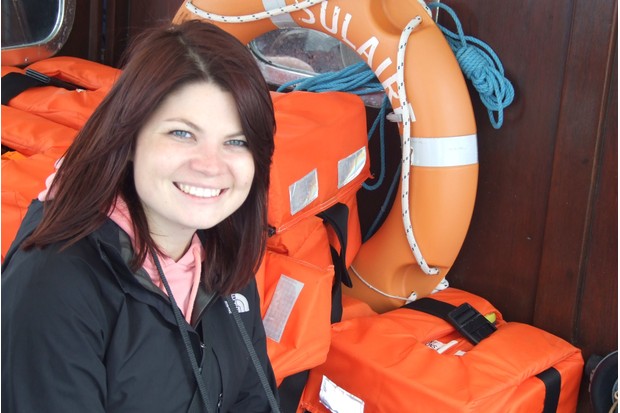Find out more about Malaysian Borneo's wildlife and plan your next trip with our virtual travel guide, including where and when to see different wildlife species.
Where is Borneo?
The island of Borneo is is situated southeast of the Malay Peninsula in the Greater Sunda Islands group of the Malay Archipelago. It is divided into four, with the Malay states of Sabah and Sarawak forming two distinct regions along its northern coast.
The largest part of the island, Kalimantan, belongs to Indonesia and the smallest is the Sultanate of Brunei.
Best places to visit to see Bornean wildlife
Sepilok, Sabah: go on a treetop guided walk at the Rainforest Discovery Centre and visit the Bornean Sun Bear Conservation Centre to see sun bears.
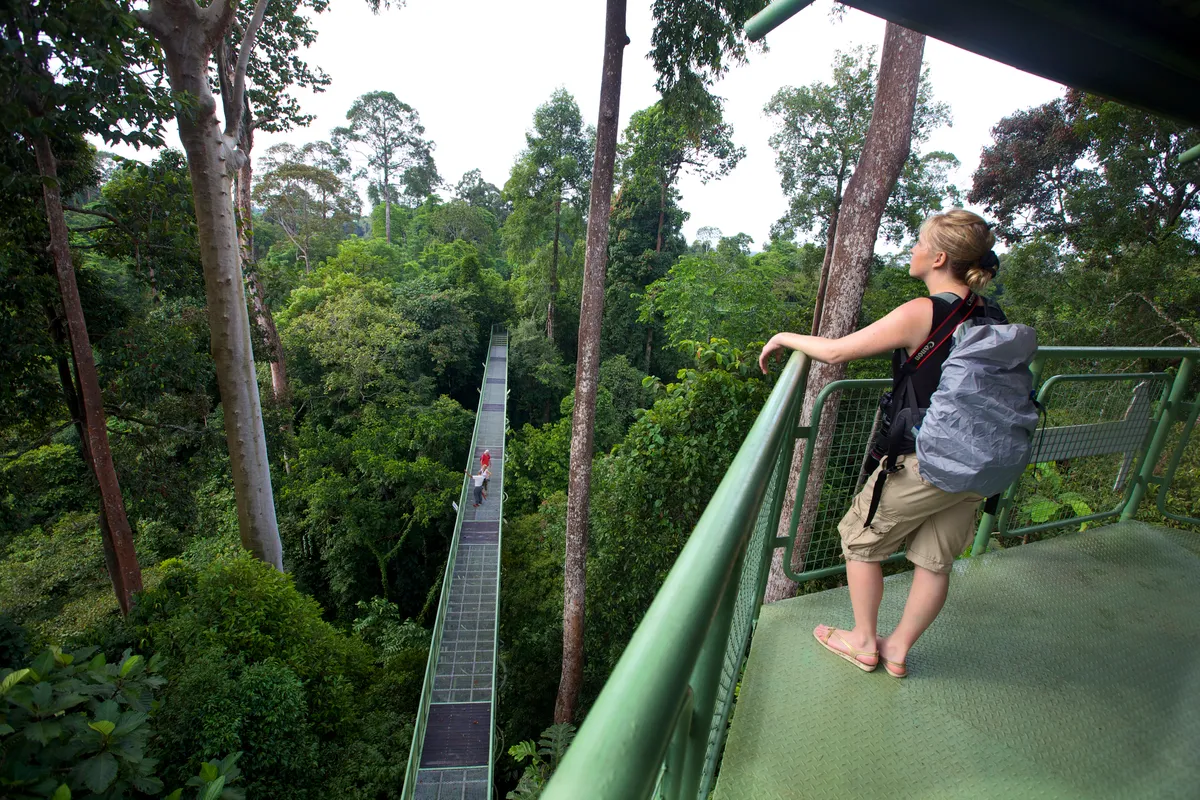
Kinabatangan River, Sabah: boat trips along the river give you a good chance of seeing proboscis monkey; short and long-tailed macaque; estuarine crocodile and if you’re very lucky, Bornean elephants.

Deramakot Forest Reserve, Sabah: one of the finest places to see Borneo’s rare and endangered wildlife, including the clouded leopard and banteng.
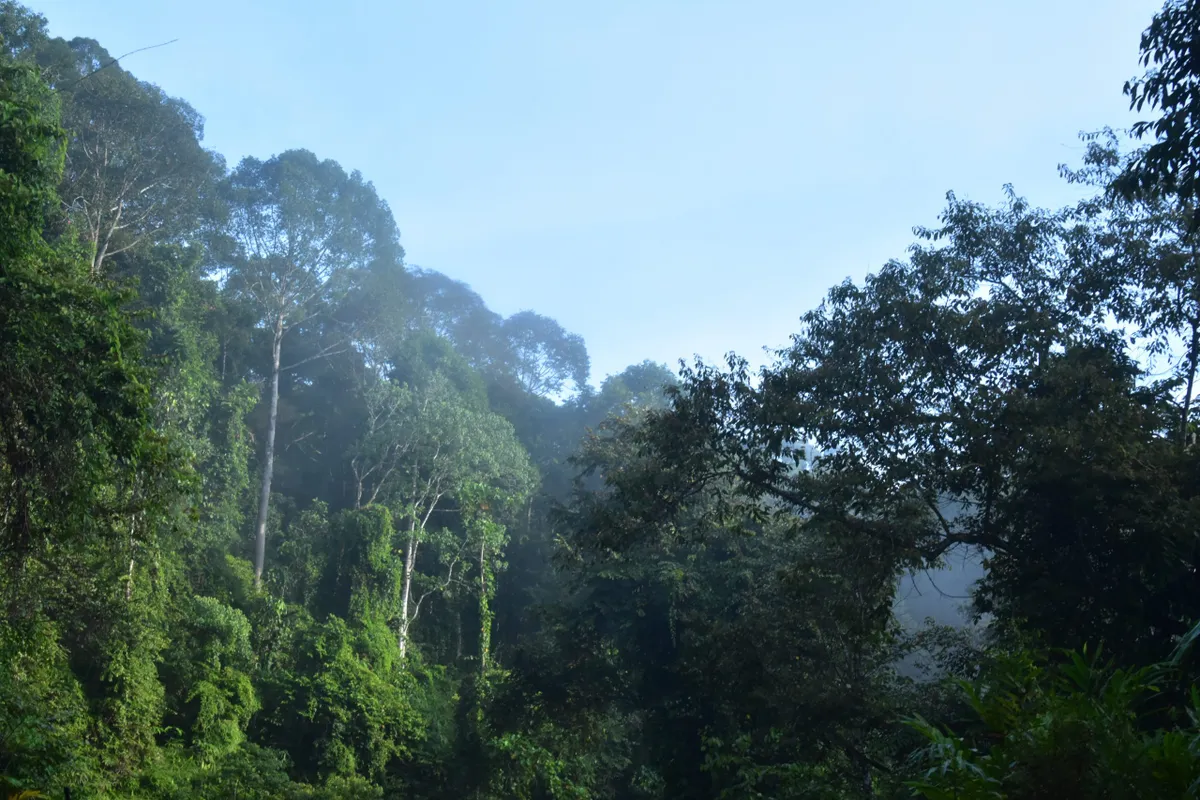
Danum Valley Conservation Area, Sabah is a protected area of rainforest known for its variety of birds and other wildlife, including the Bornean orangutan.
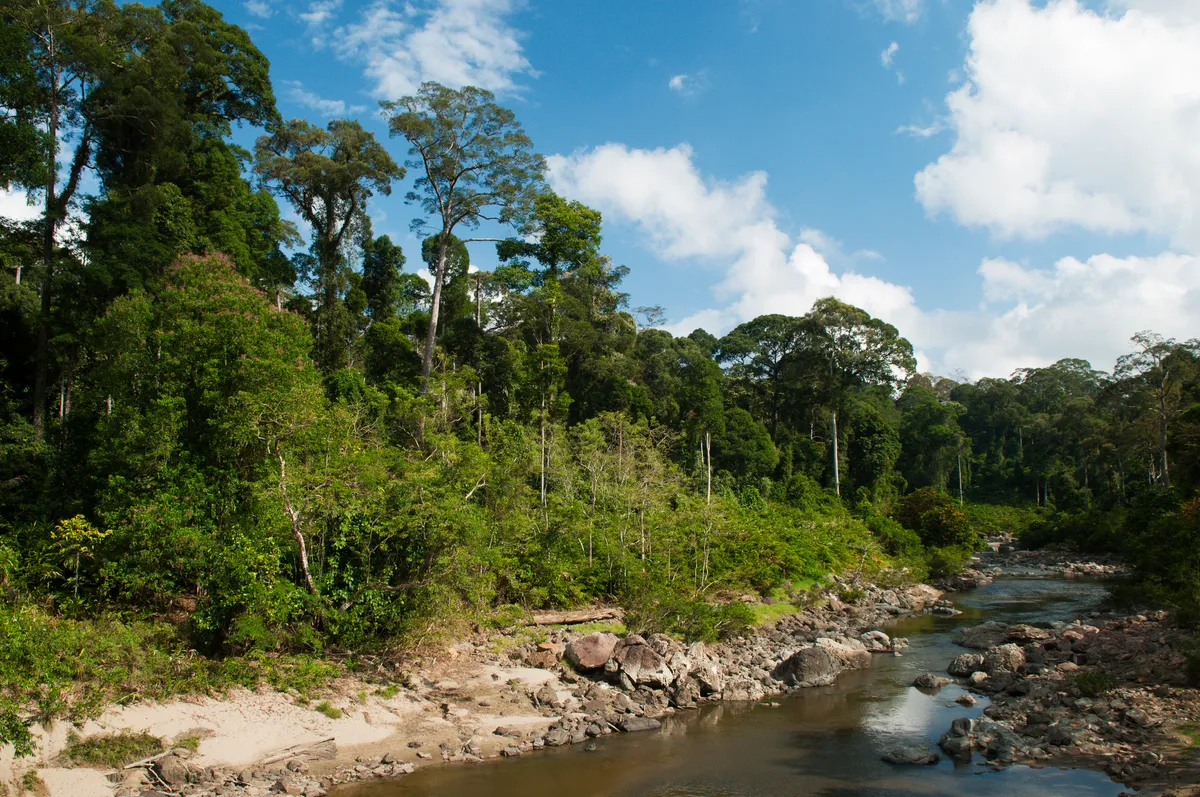
Tabin Wildlife Reserve, Sabah is considered to be the largest nature reserve in Malaysia. Its mineral-rich, mud volcanoes are frequently visited by wildlife.
Deer Cave in Mulu National Park, Sarawak is huge – it is just over 2km in length and never less than 90m high and wide. In the evening, visitors can see a black cloud of free-tailed bats emerging from the entrance of the cave.
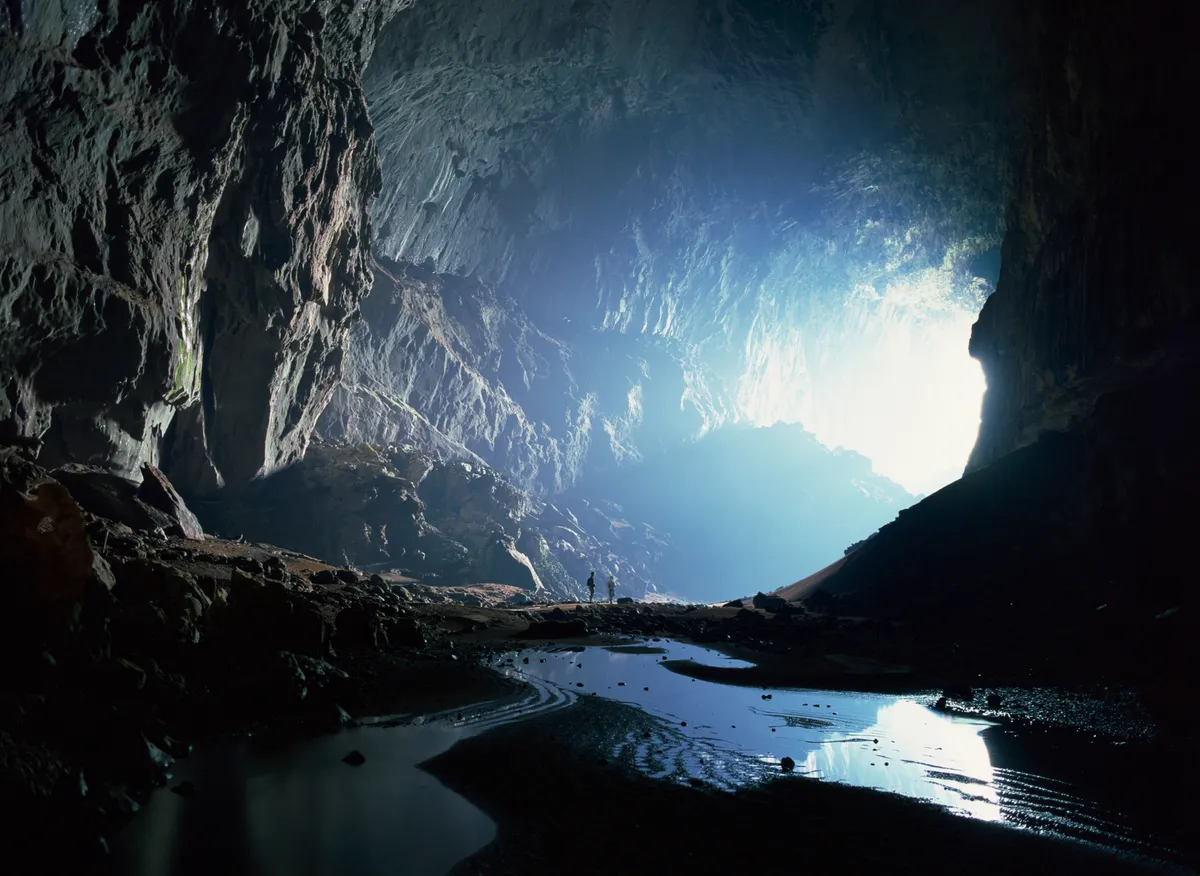
Tambunan Rafflesia Information Centre, Sabah is open daily. Visitors can look forward to a jungle trekking adventure to look for Rafflesia plants.
Paya Maga Highlands, Sarawak has three peaks. Over 180 bird species have been recorded here, including 27 endemics such as the Bornean bulbul and Bornean banded pitta. Hornbills and eagles are often spotted in the area too.
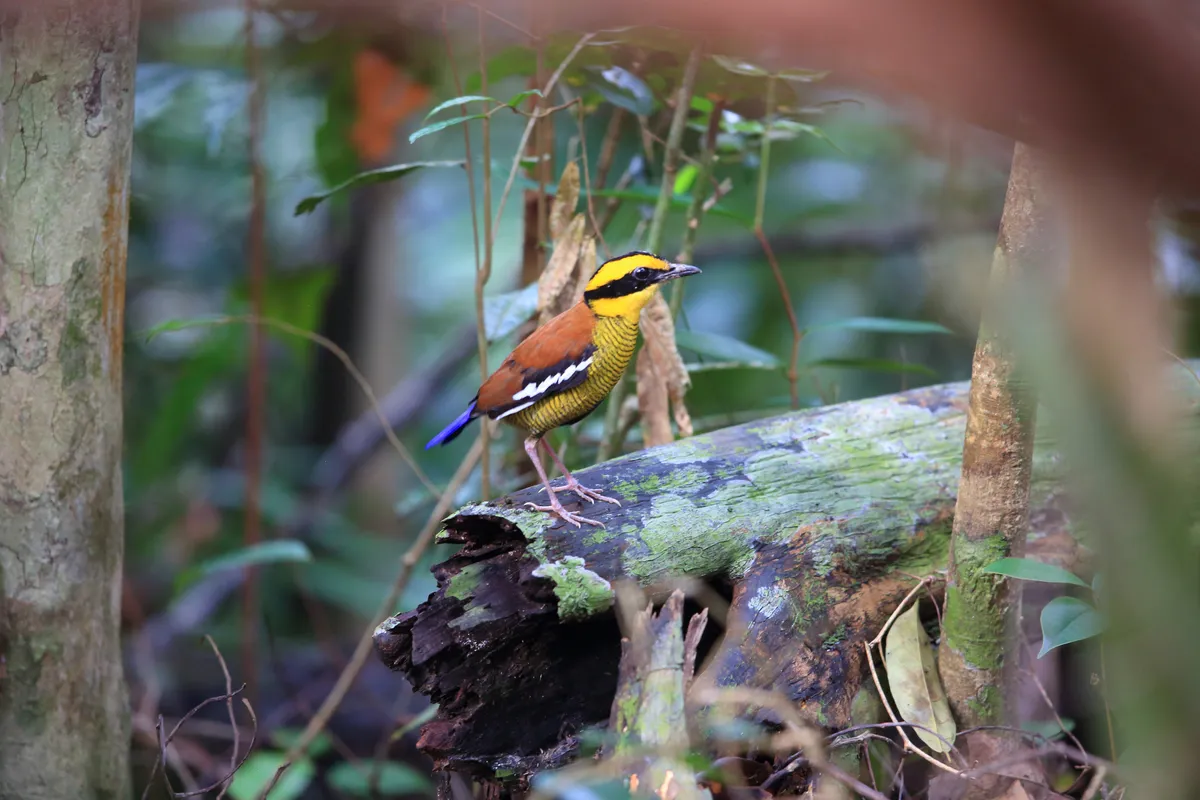
Wildlife to spot in Borneo
Borneo’s Big 5: the top five iconic wild species to be found across this extraordinary island.
Bornean orangutan (Pongo pygmaeus)
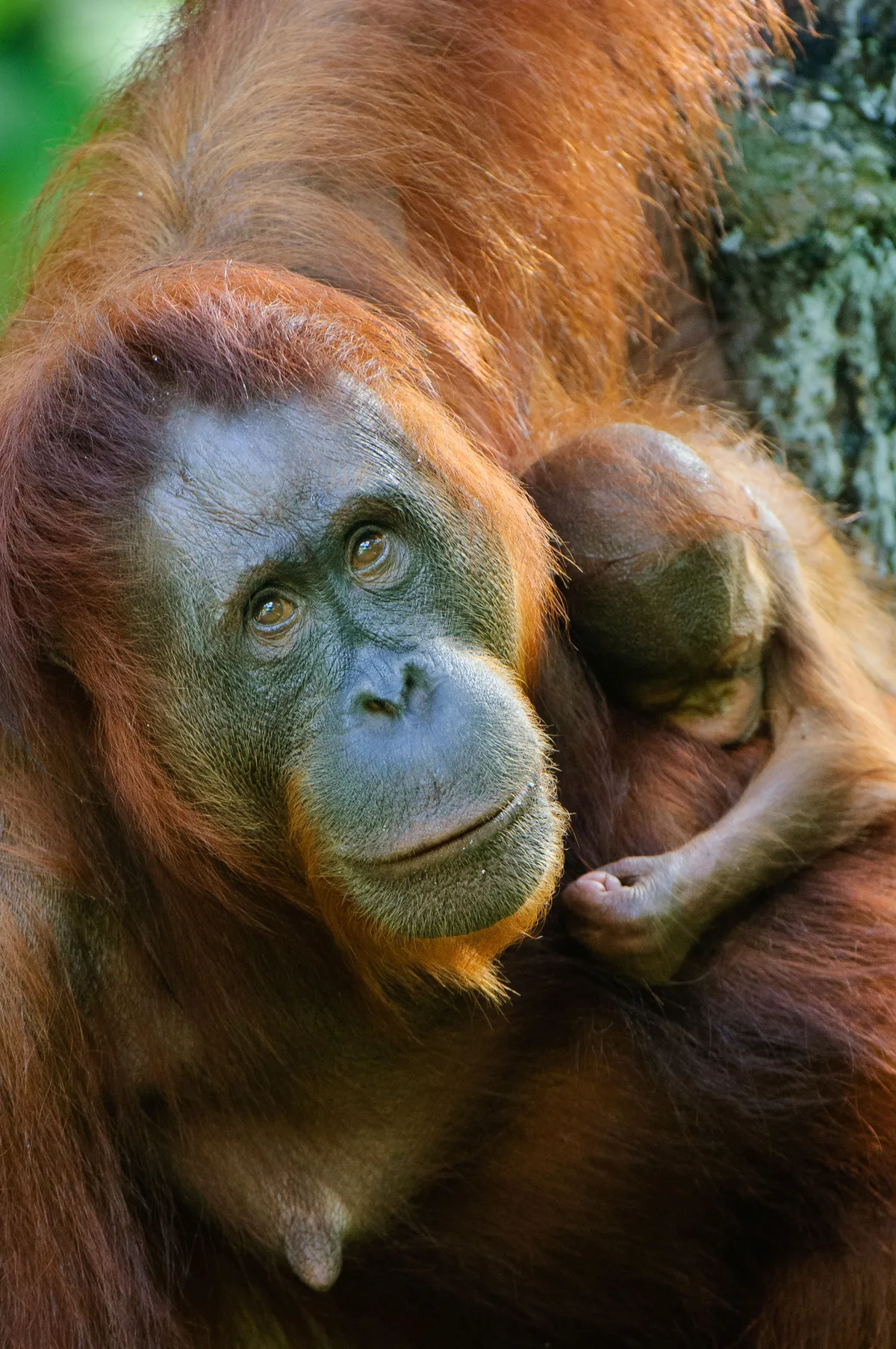
Asia’s gentle great ape can live up to 40 years in the wild and survives in small populations in increasingly fragmented patches of forest on Borneo. It spends most of its time high up in the tree canopy and prefers to eat forest fruits whenever they are available.
David Attenborough shared how orangutans can use tools in the Life of Mammals series:
Please note that external videos may contain ads.
Bornean elephant (Elephas maximus borneensis)

Bornean elephants are roughly 20% smaller than their relatives living in mainland Asia and are more rotund in appearance with shorter trunks and a long tail, which reaches all the way to down to the ground in some individuals.
In Expedition Borneo, BBC film-makers spotted wild elephants in the rainforests:
Please note that external videos may contain ads.
Rhinoceros hornbill (Buceros rhinoceros)
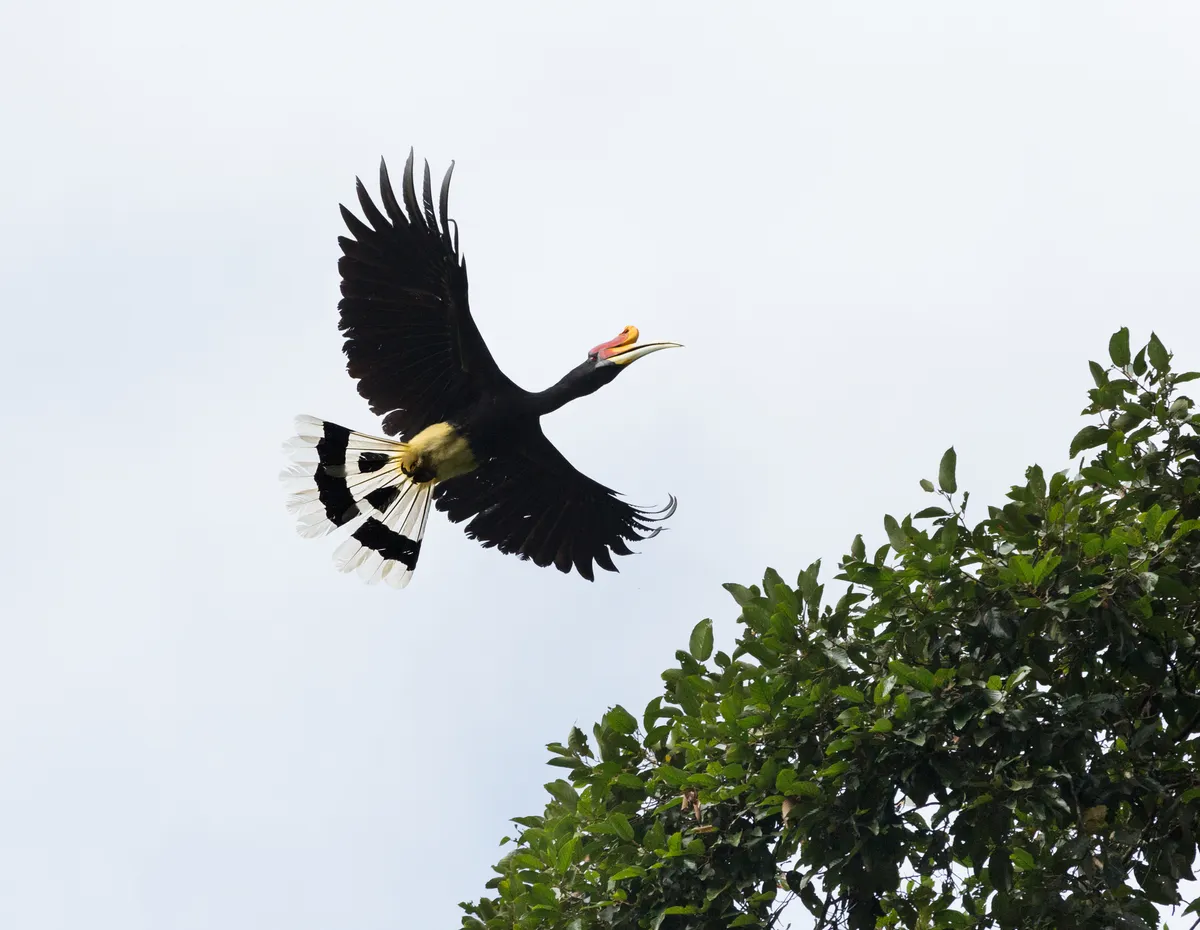
The casque on top of its beak acts as a resonating chamber to amplify the bird’s calls through the forest. Pairs build a nest in a hollow tree and seal the opening with the female inside – the male passes the female food through a small hole while she incubates the eggs.
In Expedition Borneo, film-makes from the BBC spotted rhinoceros hornbills whilst searching for orangutans:
Please note that external videos may contain ads.
Proboscis monkey (Nasalis larvatus)

Remarkable for the size of its nose, the proboscis monkey is increasingly rare and only found on Borneo, never straying far from the island’s rivers, coastal mangroves, and swamps. Other monkey species found here include short and long-tailed macaque; silvered langur, red leaf langur and Hose’s langur.
Proboscis monkeys were filmed for the BBC's Lands of the Monsoon, where it was explained that they are the only primate with the digestive system equipped to chew the cud:
Please note that external videos may contain ads:
Estuarine/saltwater crocodile (Crocodylus porosus)
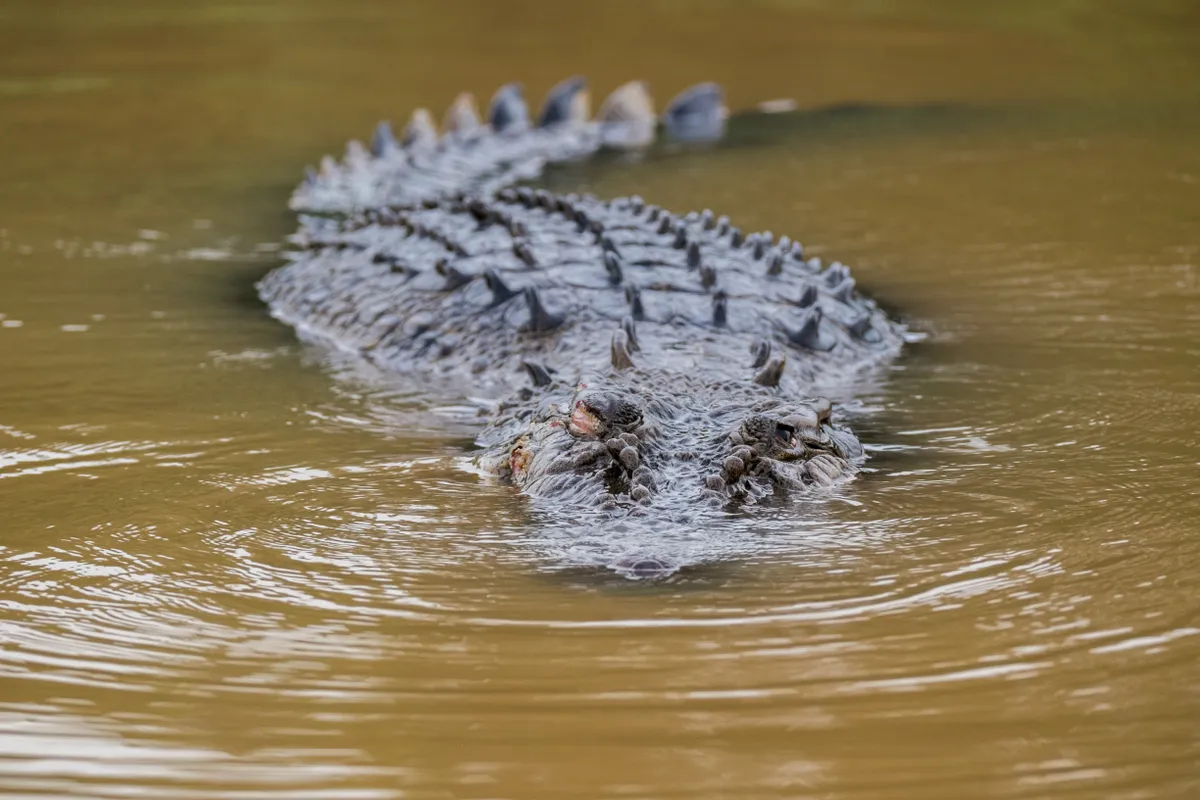
The largest crocodilian can grow up to 9m in length and feeds on fish, waterbirds, various mammals and carrion. It inhabits river estuaries and coastal regions and lays eggs in a nest made of vegetation, which is protected by the female until they hatch.
Other species to spot
Borneo is incredibly rich in biodiversity – there are so many animals and plants for you look out for.
Sun bear (Helarctos malayanus)
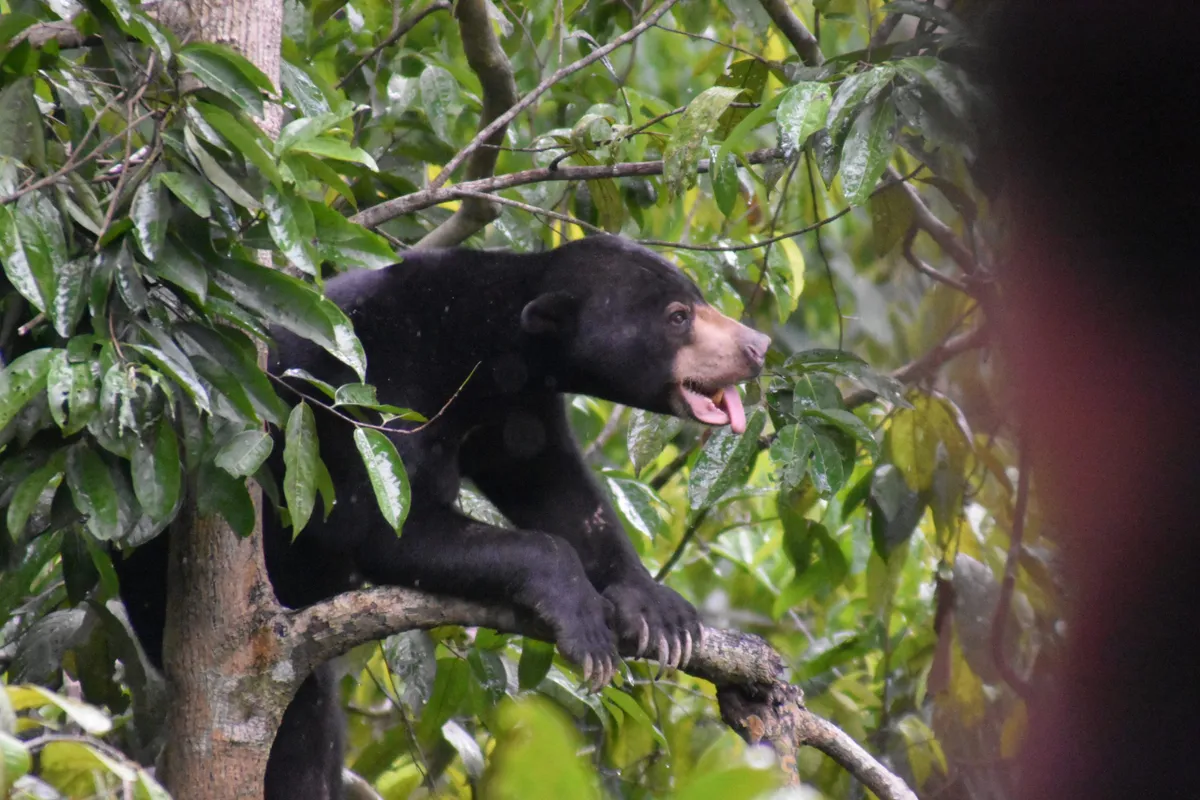
Named after the pale horseshoe shape on their chests said to resemble the sun, the world’s smallest bear is arboreal and has a very long tongue to extract honey from beehives. Residing in lowland tropical forests, these omnivores also eat invertebrates and fruit.
In the BBC's Big Cats About The House, a baby sun bear was filmed at a wildlife rescue centre:
Please note that external videos may contain ads.
Slow loris (Nycticebus sp.)
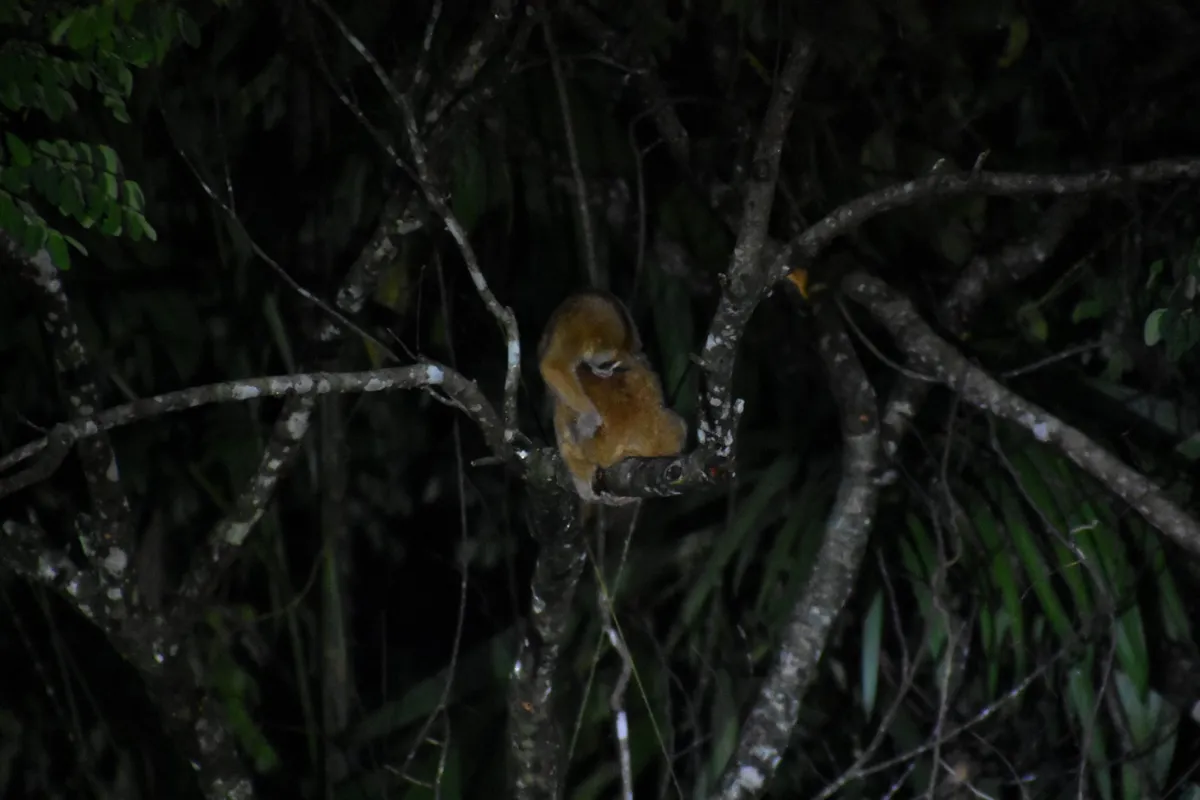
Although perceived as a slow mover, this venomous primate can travel up to 8km per night and has a reduced second finger for gripping. The slow loris is endangered due to habitat loss and hunting for the pet trade and traditional medicine.
Sunda clouded leopard (Neofelis diardi)
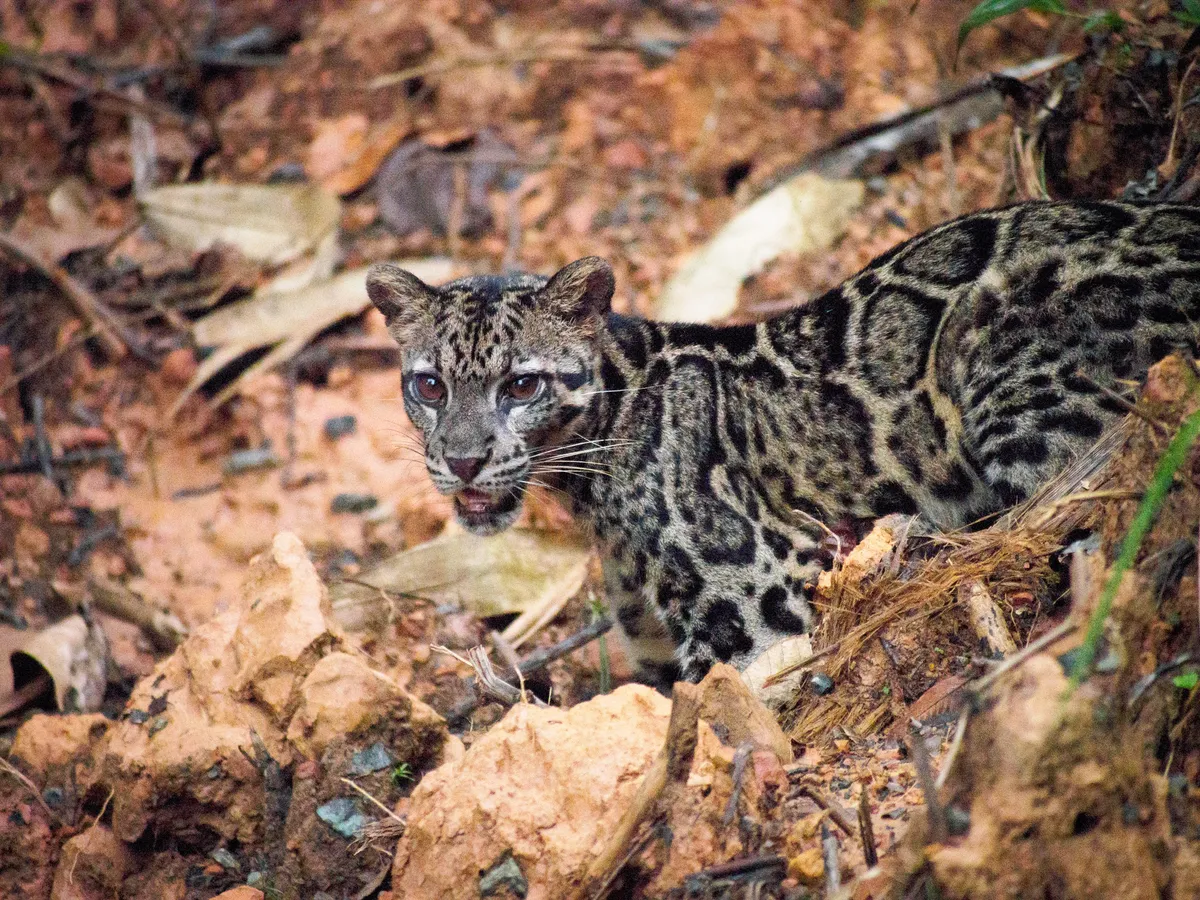
Very little is known about the ecology and behaviour of this secretive mammal. It is an excellent climber and can descend a tree headfirst. The mysterious spotted cat hunts a variety of arboreal and terrestrial species.
Flying squirrels (Aeromys sp. and Petaurista sp.)
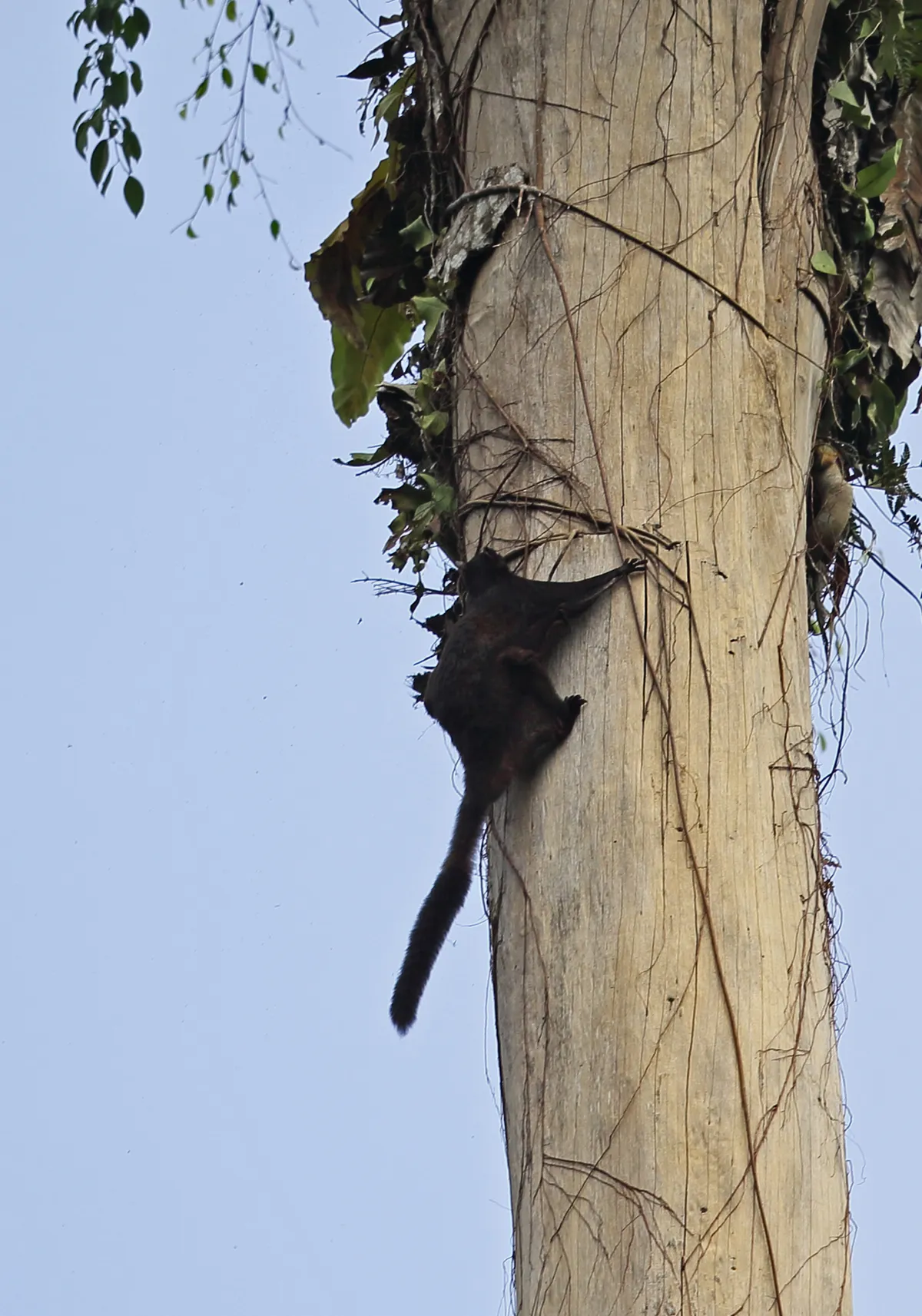
Out of the 49 species of flying squirrels throughout the world, 14 are found in Borneo, including four giant flying squirrel species. They glide using a membrane of skin that connects their front and back limbs called patagium.
Rafflesia sp.

Parasitic, rootless and leafless, Rafflesia is a genus of plants that includes the species with the world’s largest known flower – blooms of R. arnoldii can reach an impressive 1m in diameter and have a fetid scent that attracts pollinating carrion flies.
Main image: Bornean orangutan female carrying her son. © Anup Shah/Getty
Jo Price travelled to Malaysian Borneo with Audley Travel.
